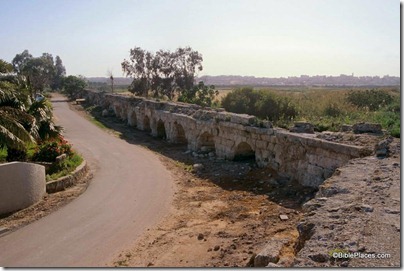Hershel Shanks asks whether it is legitimate for Eilat Mazar to speculate that her excavation has uncovered the palace of David. He invites readers to respond and I suspect there will be some good discussion. The editorial includes a drawing of the main wall of Mazar’s Large Stone Structure, a reconstruction which seems to me to be wishful thinking.
An article in Popular Archaeology explains why Nineveh must be preserved.
CNN reports on the challenges of protecting the cedars of Lebanon. The four-minute video report is accompanied by a story that gives the main points.
Fake Fake Metal Codices vs. Real Fake Metal Codices – Paleojudaica has the latest twists in the saga.
Wayne Stiles’ column on Hazor includes a video fly-over of the largest of ancient sites in Israel.
The price on the 16-volume collection of William M. Ramsay has come down from $30 to $20 in the last week. A few more orders will push the price down to $15 before the deal closes on Friday.
I was visiting a friend a few weeks ago and he observed that his out-of-print book now sells in the used market for over $200. I never thought I’d see my Jerusalem CD selling for $219 on Amazon.
(Note: it’s still only $25 at BiblePlaces.com.)
Crossway has posted a beautiful image of an open Bible with Jerusalem in the background. The publisher is using this image to promote the new ESV Study Bible, Personal Size, but teachers might find this image useful (click through for high resolution). I note that the Bible is open to the beginning of Psalm 48, but you must flip over one page in order to read some of my favorite words about Jerusalem:
Psalm 48:12–14 (ESV) — Walk about Zion, go around her, number her towers, consider well her ramparts, go through her citadels, that you may tell the next generation that this is God, our God forever and ever. He will guide us forever.
